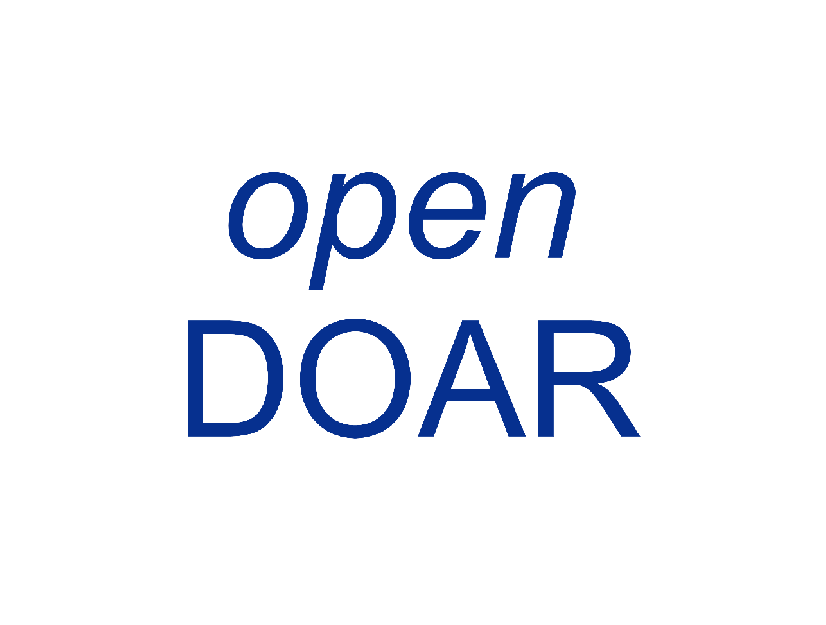Influencia de la dosis de ácidos orgánicos en el agua sobre indicadores productivos de pollos Cobb 500
Resumen
Del 15 de noviembre al 19 de diciembre del 2024 en el distrito de Salas, provincia y región
Lambayeque, se evaluaron 4 dosis de una mezcla comercial de ácido fórmico, ácido acético,
formiato de sodio y excipientes (AO) en el agua (ml/L): T0: sin AO; T1: 0.5; T2: 1.0 y T3:
1.50 ml AO/L de agua con el objetivo de determinar la influencia de la dosis de AO en agua
sobre los indicadores productivos de pollos Cobb 500 de la segunda a quinta semana de
edad. Las variables evaluadas fueron: peso vivo (PV), incremento de peso vivo (IPV),
conversión alimenticia (CA), viabilidad (V) y mortalidad (M), factor de eficiencia
productiva (FEP) y mérito económico (ME). Se utilizó un DCA con tres repeticiones y 8
submuestras en cada una. Se aplicó el ANAVA de Welch y prueba de Games-Howell. Bajo
condiciones del estudio, a nivel general, los indicadores productivos no hallaron diferencias
estadísticas (p>0.05), por lo que no se acepta la hipótesis alternativa, pero en evaluación
semanal, el PV halló diferencias estadísticas (p<0.05) en la segunda, cuarta y quinta semana,
presentando mejores resultados con 1 ml AO/L de agua. El IPV y CA presentaron diferencias
estadísticas (p<0.05) en la cuarta semana, obteniendo mejores resultados con T2. La
viabilidad fue afectada en la quinta semana de crianza, en el tratamiento con 1.5 ml AO/L
que presentó una mortalidad de 8.33%. El mayor FEP se obtuvo con 1.0 ml de AO/L,
superando a T0 en 6.84%, pero el mejor ME lo presentó T0 debido al elevado costo del
producto, siendo 1.44% más eficiente que T2. From November 15 to December 19, 2024, in the district of Salas, province and region of
Lambayeque, four doses of a commercial mixture of formic acid, acetic acid, sodium
formate, and excipients (OA) in drinking water (ml/L) were evaluated: T0: without OA; T1:
0.5; T2: 1.0; and T3: 1.50 ml OA/L of water. The objective was to determine the influence
of OA dosage in water on the productive indicators of Cobb 500 broilers from the second to
the fifth week of age. The variables evaluated were: live weight (LW), live weight gain
(LWG), feed conversion ratio (FCR), viability (V) and mortality (M), productive efficiency
factor (PEF), and economic merit (EM). A completely randomized design (CRD) was used
with three replicates and 8 subsamples in each. Welch’s ANOVA and Games-Howell post
hoc test were applied. Under the study conditions, in general, the productive indicators did
not show statistical differences (p > 0.05); therefore, the alternative hypothesis was not
accepted. However, on a weekly basis, LW showed statistical differences (p < 0.05) in the
second, fourth, and fifth weeks, with better results at 1 ml OA/L of water. LWG and FCR
showed statistical differences (p < 0.05) in the fourth week, with the best results in T2.
Viability was affected in the fifth week of rearing in the treatment with 1.5 ml OA/L, which
presented a mortality of 8.33%. The highest PEF was obtained with 1.0 ml OA/L, exceeding
T0 by 6.84%, but the best EM was observed in T0 due to the high cost of the product, being
1.44% more efficient than T2.
Colecciones
- Ingeniería Zootecnia [263]







